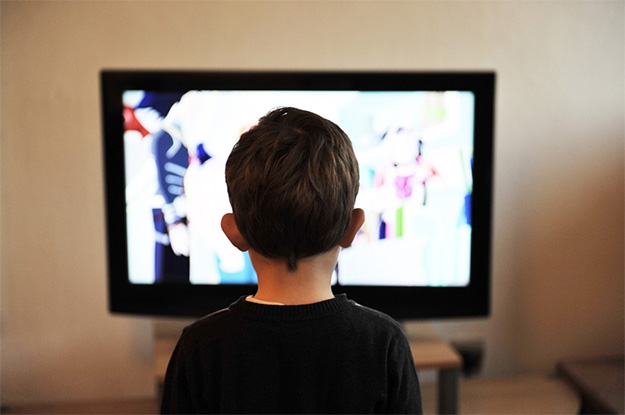Cord Cutters Rule As Streaming TV Services Now Have More Subscribers Than Big Cable
We will not call it a coup, but the number of people who are willing to ditch their cable or satellite TV service in favor of streaming content through the Internet continues to rise. Not only that, but the number of streaming service subscribers, both free and paid, has grown to 68 percent in 2016, up from 63 percent in 2014, a figure that catches up with and slightly surpasses paid TV service providers (67 percent) for the first time.
That's according to the Consumer Technology Association's new study, The Changing Landscape for Video and Content. The study shows that the percentage of paid TV service subscribers has gone done from 69 percent in 2014 to 67 percent in 2016. What that shows is a shift in how people are viewing TV shows and movies, along with a growing willingness to cut the cord.

Millennials are especially prone to ditching big cable for streaming solutions. According to Nielsen's Millennials on Millennials report, TV-connected devices such as DVD players and game consoles account for 23 percent of millennials' time spent watching video, versus only 6 percent for consumers who are 35 years old and over. The same group spends 66 percent of average weekly gross minutes watching traditional TV, versus 89 percent reported among the 35 and over crowd.
This presents a challenge for advertisers. Millennials are the most distracted when it comes to ads, and that's true even though they're also less likely to skip ads. Interestingly, less than 2 percent of 18- to 34-year-olds changed the channel during commercials, versus 5.5 percent of 35- to 54-year-olds, and 8 percent of viewers 55 years old and older. Even though that's the case, millennials displayed the lowest program engagement and lowest ad memory scores. In other words, younger audiences stay on the same channel during commercials, but they're not absorbing what's being shown.
Part of the reason for this (and it's probably a big part) is that millennials are more likely to be engaging their smartphones while commercials play. Whether it's checking social media, texting, or playing a game, younger viewers turn to their handheld devices while ads play, rather than flip through channels.
This makes things interesting for advertisers. Their biggest audience is turning to streaming solutions, of which there is a growing number of solutions (YouTube is entering the fray), but they're not watching ads.
That's according to the Consumer Technology Association's new study, The Changing Landscape for Video and Content. The study shows that the percentage of paid TV service subscribers has gone done from 69 percent in 2014 to 67 percent in 2016. What that shows is a shift in how people are viewing TV shows and movies, along with a growing willingness to cut the cord.

Millennials are especially prone to ditching big cable for streaming solutions. According to Nielsen's Millennials on Millennials report, TV-connected devices such as DVD players and game consoles account for 23 percent of millennials' time spent watching video, versus only 6 percent for consumers who are 35 years old and over. The same group spends 66 percent of average weekly gross minutes watching traditional TV, versus 89 percent reported among the 35 and over crowd.
This presents a challenge for advertisers. Millennials are the most distracted when it comes to ads, and that's true even though they're also less likely to skip ads. Interestingly, less than 2 percent of 18- to 34-year-olds changed the channel during commercials, versus 5.5 percent of 35- to 54-year-olds, and 8 percent of viewers 55 years old and older. Even though that's the case, millennials displayed the lowest program engagement and lowest ad memory scores. In other words, younger audiences stay on the same channel during commercials, but they're not absorbing what's being shown.
Part of the reason for this (and it's probably a big part) is that millennials are more likely to be engaging their smartphones while commercials play. Whether it's checking social media, texting, or playing a game, younger viewers turn to their handheld devices while ads play, rather than flip through channels.
This makes things interesting for advertisers. Their biggest audience is turning to streaming solutions, of which there is a growing number of solutions (YouTube is entering the fray), but they're not watching ads.

